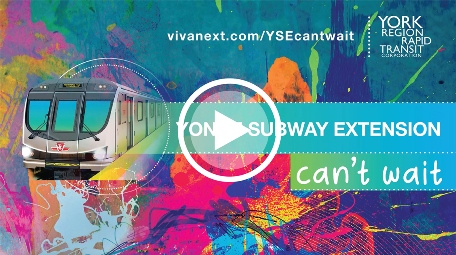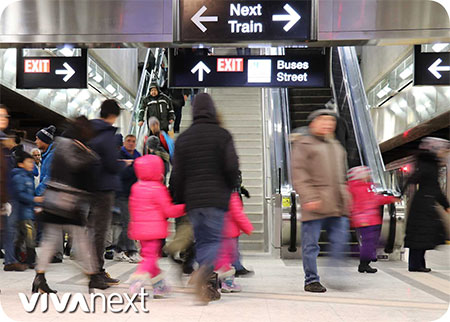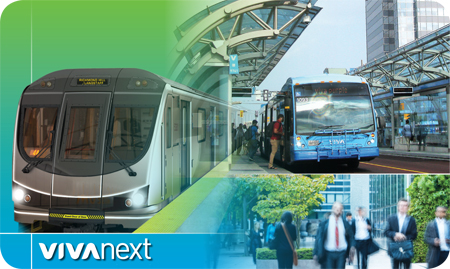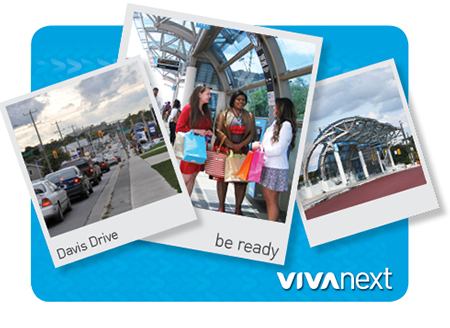If you’ve been following the conversations about transit projects in the media recently, you’ve probably heard some of the debate around which project should be built first. We’ve been following the debates too, and we’ve come to the conclusion that the Greater Toronto and Hamilton Area [GTHA] needs as much transit as possible.
The Yonge Subway Extension [YSE] has been in York Region’s Transportation Master Plan since 1994, and here at YRRTC we’ve been working on moving it forward since we became a corporation in 2003. We of course support the YSE being built, but it’s not just a matter of one project. It’s a connected network. It’s commuters crossing municipal boundaries. And it’s important that it all come together in the next decade or so.
Why? Well partially it’s because there hasn’t been enough transit built in the past 50 years and we need to catch up a bit. And we also need to keep up with the growth to ensure the number of people, businesses, jobs and housing continue to grow in York Region and the GTHA.
- York Region is expected to grow from 1.2 million residents to 1.5 million by 2031
- York Region has 51,000 businesses, and together with the Toronto provides 2 million jobs – equal to about 11% of Canada’s labour force
- York Region has an average of 13,000 new jobs every year, and over the last five years, our workforce has grown at 3.1% on average, surpassing growth rates in the nation, province and GTA
- In the southern part of York Region, Markham and Vaughan are two of the GTA’s four employment “Megazones” and together with Pearson airport these zones have more jobs than Downtown Toronto
- Toronto residents make over 189,700 trips per work day to York Region, and even more trips are southbound, supplying employees and customers to help Toronto’s businesses thrive
TTC’s Line 1 is currently over capacity during peak hours. There are capacity improvements required that will help with this, like the Line 1 extension to Vaughan [opened in 2017], TTC’s automatic train controls, new signals, six-car trains, and Go Expansion/SmartTrack. Large infrastructure projects like the Yonge Subway Extension can take 10 years to complete, so the YSE can be built in parallel with the capacity improvements in the next 10 years.
Building the YSE will help reduce traffic congestion – eliminating the almost 2,500 bus trips per workday on Yonge Street between Highway 7 and Finch Station, and giving commuters who drive between Toronto and York Region the chance to get out of traffic.
So which projects should be built first, and which should wait? We need as much transit as possible, so let’s consider all options, and try our very best to get the GTHA moving. Because it can’t wait.






